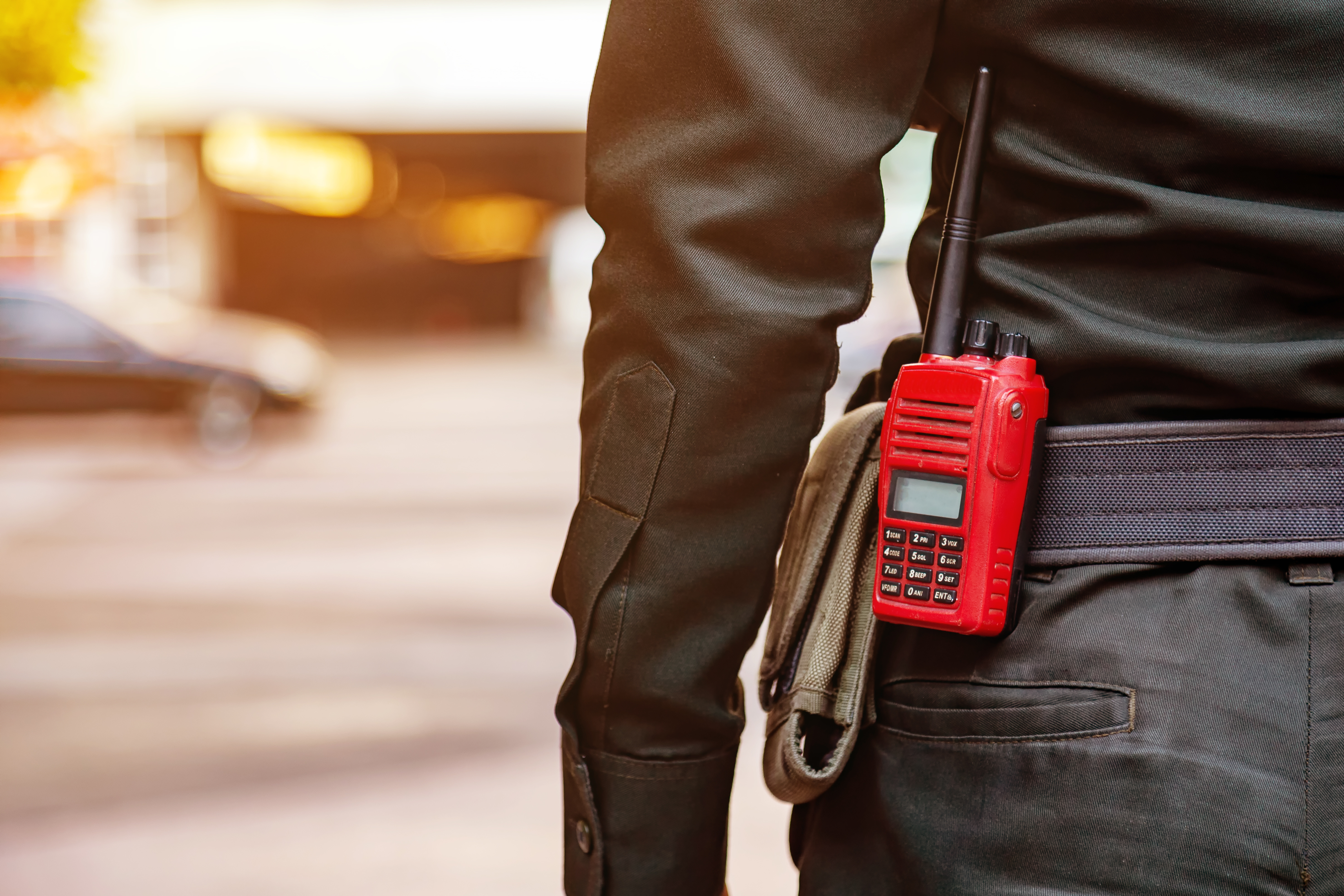Establishing clear and open lines of communication is among the most critical component of any emergency response operation. Emergency communications and public safety technology are vital to providing 911 response and emergency service dispatch operations to organizations, municipalities, K-12 school and higher education institutions, among other end users.
Public safety — or a lack thereof — has been a hot topic in 2019, says Rave Mobile Safety CEO Todd Piett.
“We’ve seen sections of states shut down due to wildfires, malfunctions with the emergency communications systems and NextGen911 really take off and evolve,” he says. “States have deployed emergency communications technologies in every public school.”
There has also been an increased call for interoperability between departments and districts, and a cry for more preventive technologies and measures to be put in place to keep more tragedies from occurring, he continues.
Reflecting on these things, and pulling from Rave’s insight and experience, here is what Piett believes will be the biggest public safety and emergency communications trends in 2020:
- An increase in collaboration across public safety agencies — In 2020, we’ll see public safety agencies sharing more information and communicating more frequently than ever before. To support the collaboration across entire ecosystems of those entrusted with safety, technology will continue to evolve to support open, secure and quick communication between different departments and agencies, saving time during emergency response.
- Secure, high-speed wireless data communications networks for public safety will force technology to evolve — The addition of networks like FirstNet and Public Safety Broadband Network (PSBN) will increase responder access to high bandwidth reliable networks, enabling innovation in safety technology.
- Faster detection of indoor location — With new FCC benchmarks being put in place in 2020, we’ll likely see faster and more accurate detection of indoor location. However, once 911 can more closely pinpoint exact location, does that data become actionable information? When the precision of location are matched quickly with floor plans or campus lay outs, 911 and first responders will be able to know exactly where a call is coming from inside a building, making for a quicker response.
- A continued debate over the balance of privacy vs. public safety — Many citizens don’t want to share personal information for fear it will be misused or compromised. While some concern is understandable, it’s crucial for agencies to have this information so they are better equipped to response to emergencies. From identifying potential threats to helping citizens evacuate during an emergency thanks to vulnerable needs registries, a lot of good can be done with this information.
This article was originally published in CS sister publication, Security Sales & Integration.













